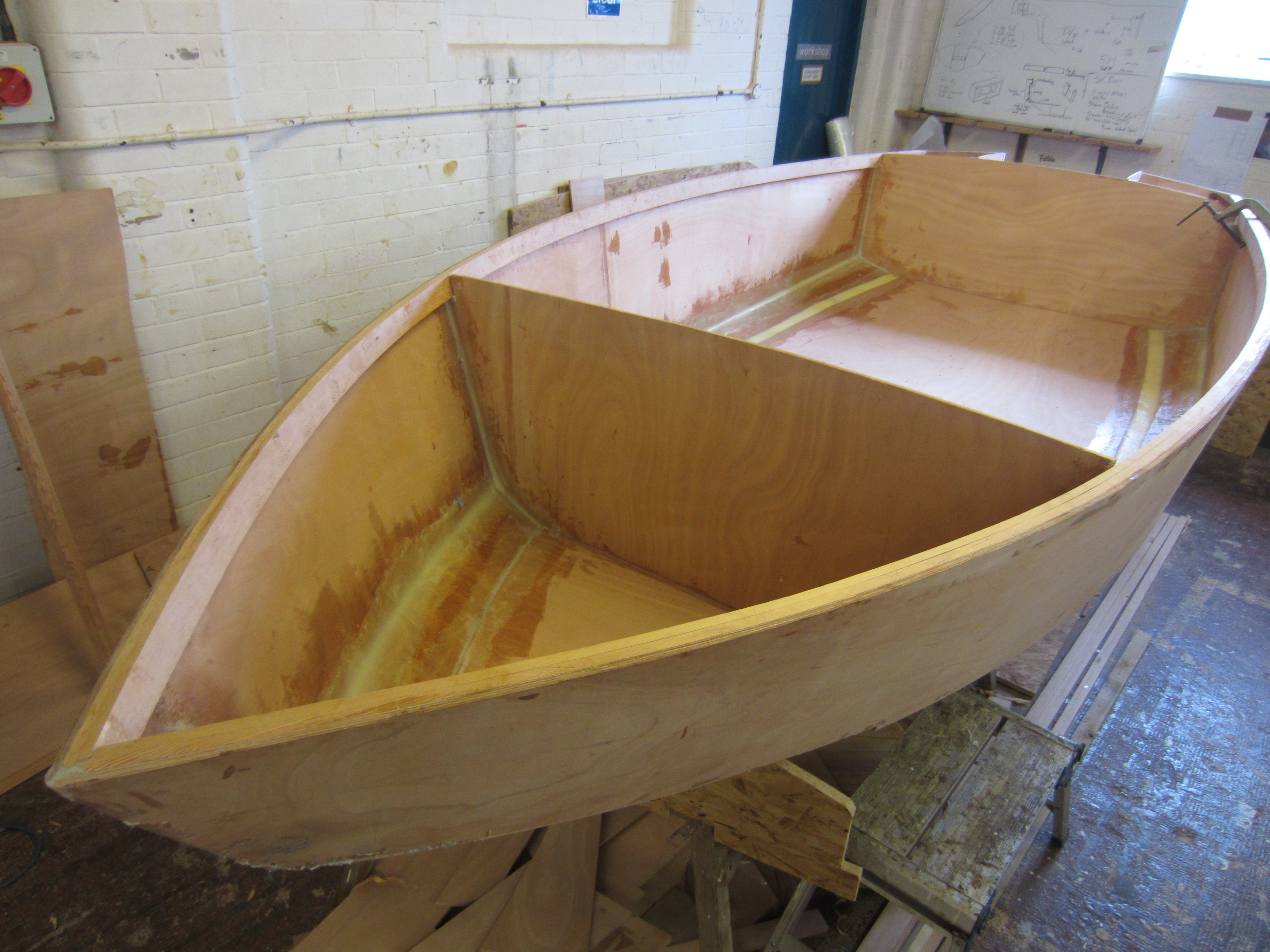The reason that stitch and glue is faster and simpler than traditional methods is that it eliminates the need for chine logs, complicated forms, and tricky clamping. and the major factor involved is the use of epoxy fillets.. This is where the biaxial tape will be applied to stem, chines and transom joints during the future "glue" phase of the stitch and glue boat building. i sand only the areas where there will be future epoxy such as the stem, chines and riblet locations.. Joints can be designed to hold without the use of glue or fasteners; a pinned mortise and tenon is an example of this. glue is highly effective for joining timber when both surfaces of the joint are edge grain..
So i was re-reading devlin's book on stitch and glue, and i finally think i understand how the "transition joint" near the bow can actually work and be made fair.. Stitch-and-glue boat building - an illustrated tutorial, tools & supplies. relatively few tools are required to build a stitch-and-glue boat. here's a list and a little advice; tools you must have; tape measure this is the night heron stitch-and-glue - fyne boat kits, product description. the stitch-and-glue night heron is a thoroughly modern. A short clip showing how to snap together the puzzle joint on a stand up paddleboard kit. check out our blog on building this paddleboard http://supbuilding.....


0 komentar:
Posting Komentar